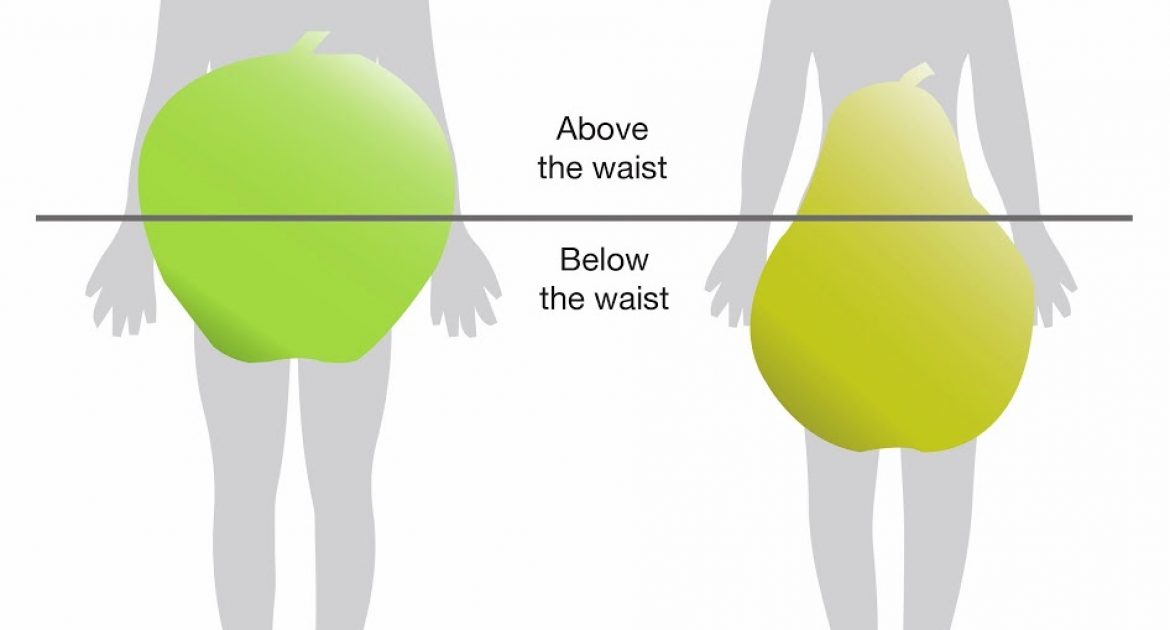
Are you an apple or a pear?
By Ravinder Lilly
USANA ANZ Writer and Dietitian
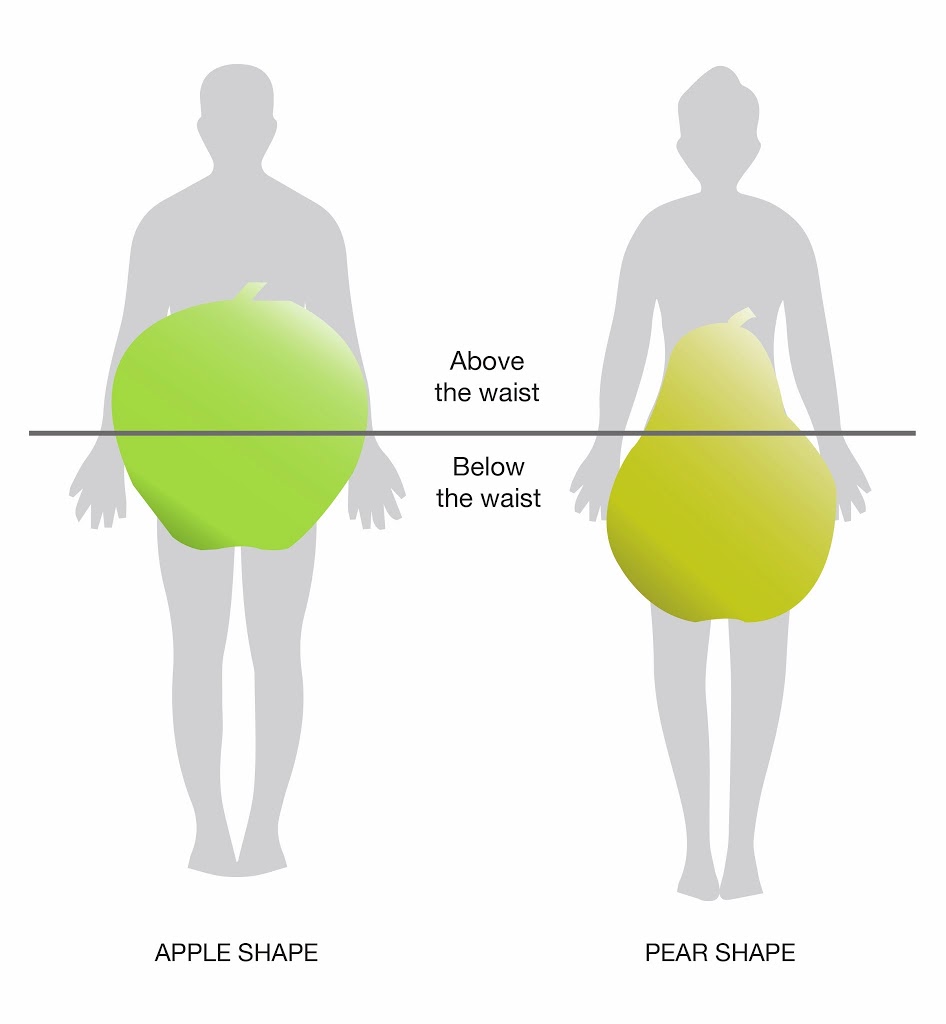 |
| Are you an apple or a pear? |
We’re getting heavier – there’s no doubt about that! And, if we carry on this way, then by 2025, nearly 80 per cent of adults will have a weight problem. Being too heavy has already overtaken smoking as the leading cause of premature death and illness in Australia. So are you ready for being overweight to be the new normal? Or are you prepared to do something about it?
Body facts
Being too heavy affects your body in many ways – it puts added pressure onto your bones and joints. It reduces mobility and it triggers fatty liver. It’s also a major cause of type 2 diabetes – a serious condition that if left uncontrolled can lead to nerve damage, amputation and even blindness!
And, getting into a healthy weight range today is the same as it ever was. You have to consume fewer calories and burn more. Plus, to maintain your weight, you have to make long-term, better health changes. Nothing new there…
Carrying too much weight wherever it is on your body is bad news. But more and more research is showing that carrying too much around your belly is particularly harmful. That’s because the types of fat that you’ll find on your bottom and thighs is slightly different to the type that’s found around your middle. Think of pear shaped versus apple shaped.
The fat in an apple shaped individual is called visceral fat (as opposed for subcutaneous fat that women around the world loathe and bemoan!). Visceral fat is much more active than subcutaneous fat. It is wrapped deep around the vital organs and it triggers the release of inflammatory chemicals. And since inflammation is behind problems with blood vessels – whether they are in the heart or the brain – it’s a good idea to reduce this type of fat particularly.
The healthy way to do this is to eat low-fat protein with every meal, increase fibre – especially from fresh fruit and veggies – whilst cutting down on saturated fat, sugar and salt (excess salt is linked with hypertension). It also very important to choose carbohydrates that are wholegrain (provide fibre) and have a low glycaemic index (GI).
Let’s talk GI
You probably already know that GI is a ranking system for carbohydrates. Low GI foods tend to be complex and take the body time to break down. They trigger the slow and steady release of glucose and help keep your body and mind fuelled for longer. They also help to keep you satisfied since a low blood glucose is what sets you running to the nearest vending machine!
Carbohydrates are ranked from zero to 100. So:
• Low GI = 55 and under (these are the best choice)
• Medium GI = 56-69 (choose these in preference to high GI foods and drinks)
• High GI = 70 and above (try to limit how much of these you consume).
You could say that high GI foods and drinks are already digested; the tiny sugar molecules are small enough to quickly enter your bloodstream. So, when your body detects that your blood glucose is raised (the body tries very hard to keep it within a normal range), the hormone insulin is released to reduce blood glucose levels and take the glucose into cells. The rapid surge in blood glucose after high GI eats and drinks mean that too much insulin is produced resulting in a sugar low. And it’s that low blood glucose that trigger the desire for yet another sugary fix. And so, the cycle continues…
More about metabolic syndrome
Being overweight and not being active can trigger metabolic syndrome and is also thought to contribute to central obesity (a cluster of symptoms that increase your chances of developing heart disease and type 2 diabetes) which is a major sign of metabolic syndrome.
Also called Syndrome X, metabolic syndrome is a condition that’s characterised by the production of large amounts of insulin which the body can’t use properly. Insulin tries to take glucose from the blood into body cells where it provides fuel for cell processes. And, by doing this, it helps to keep blood glucose levels within narrow concentrations. But when insulin can’t do its job properly, glucose circulates in the blood. This is insulin resistance when insulin is produced, but just can’t work as it should.
Your ethnicity and gender affect your likelihood of central obesity (more men are prone to it but women are more likely to get central obesity especially after menopause).
Generally speaking, if your waist measures 94 cm or more (men) or 80 cm or more (women), you probably need to lose some weight. If you are a man of South Asian, Chinese, Asian-Indian, Middle Eastern or Central American heritage, you are more at risk if your waist measures 90 cm or more. Recommended waist measurements are being investigated but because of typical body build, they are likely to lower for Asian men compared with Caucasian men and higher for people of Pacific Islander heritage.
So what can you do? Getting more active and enjoying a healthier lifestyle will help you lose excess body fat, and reduce your weight.
Cut the saturated fat
We already know that too much sugar and alcohol contribute to central obesity (hence the infamous beer belly!). It’s also well known that too much saturated fat is bad for your heart – it clogs up the arteries raising your risk of health disease and stroke.
Now, new research has shown another good reason to cut total fat and eat more unsaturated fat.It seems that too much saturated fat prompts the body to build more fat and less muscle compared with the same amount of calories from unsaturated fats. This study, published in the American journal, Diabetes , is the first research on humans to show that the saturated fat in foods doesn’t just influence cholesterol levels, it can also affect where fat is deposited. Researchers found that more fat was deposited in the abdomen and in the liver.
Fat in the liver and visceral fat both affect your metabolism – so this finding is especially important for people with conditions such as type 2 diabetes and for those who have a predisposition to them.
Unsaturated fats may regulate more energy burning or decreased storage of visceral fat when a person overeats. In other words, they switch on genes in visceral that are linked to reduced storage of fat and better glucose metabolism.
Exercise – regularly
Start slowly – try one, two, five minutes of skipping and build it up at your own pace until you can hop, skip or jump for half an hour. Remember, if you have any medical condition or if you haven’t exercised for a while, speak with your doctor first. An experienced personal trainer can help – or look for local classes in your area.
Start abdominal fat by working your whole core. Muscle exercises, such as working with weights, yoga and Pilates can help but blasting away total body fat with aerobic exercise is also very efficient.
Muscle takes up much less space than fat and it requires a lot more calories just to exist. So, increasing your muscle-to-fat detonates body fat and gives you great shape and definition. Work weight-training exercises into your weekly routine to build muscle – work towards two to three half-hour sessions per week and you’ll see the results fast!
Around 70 per cent of your weight is due to what you eat and drink and 30 per cent is down to how much and how well you exercise. So, watch your portion sizes, cut down on sugars and saturated fats, and watch what you drink. Juices, soft drink and alcohol are loaded with calories so be sure to be aware before you make the conscious decision. Drink lots of water as sometimes, it is easy to mistake hunger for thirst. Cut out fruit juices and sugary cordials etc.
Replace your meals with Nutrimeal™
Kick-start your weight-loss by replacing all three meals for five days with a Nutrimeal. Yes, it can be a challenge. But it may be just the jump-start you need!
This kind of eating is the topic being research a lot right now. UK scientists funded by Diabetes UK found that drastically cutting calories in this way meant that overweight people who were taking medication for type 2 diabetes were able to stop using the tablets after two. Study participants consumed just 800 calories per day (each Nutrimeal provides around 230 calories so three Shakes plus one USANA Protein Snack provides around 850 calories). The researchers found that this low calorie diet helped the body to start to respond to its own insulin again.
Newcastle University’s Professor Roy Taylor believes that the benefits were seen when visceral fat was cut and so the body began to respond to insulin again. Visceral fat is thought to clog up the pancreas (where insulin is produced) and liver (which can get congested due to large amounts of triglycerides (a type of fat) from too much sugar/fat/alcohol). This cuts insulin production and stops insulin from being used properly.
By drastically dropping the calories, your body switches into starvation mode so that fat is burned from the vital organs. This frees up the organs so they can do their job properly again.
Remember to exercise for between 30-60 minutes a day to build lean muscle and burn more fat.
More about Nutrimeal
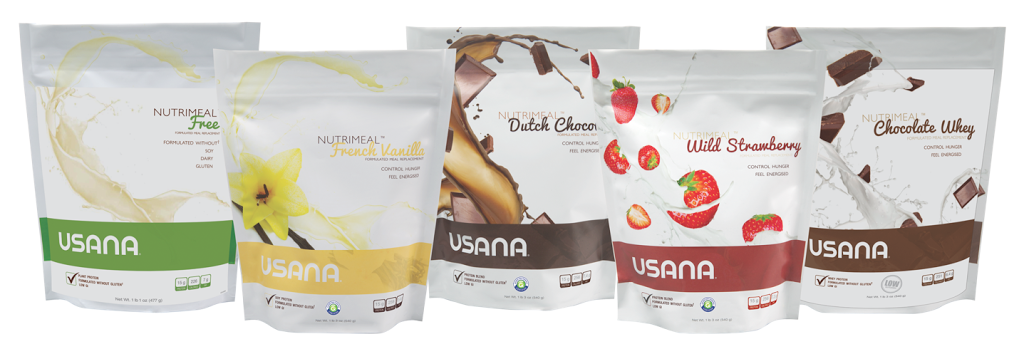 |
| Which flavour do you favour? |
Nutrimeal contains a range of proteins, healthy fats, low GI carbohydrates, vitamins and minerals – it’s a low calorie meal-in-a-glass. It’s a great choice if you want to drop some kilos or you want to focus on low GI eating (Nutrimeal has a glycaemic index of just 25 and is endorsed by the Glycemic Index Foundation. Check out the GI of foods on: www.gisymbol.com.au/foods.html) or you just don’t want to think about food and portions as you lose weight.
Try taking just Nutrimeal and a protein snack plus a piece of fruit and lots of steamed green veggies for five days. Then, switch to two Nutrimeal a day plus one low GI meal and healthy snacks until you achieve your weight-loss goals. Then, maintain your weight with one Nutrimeal daily, two healthy low GI meals and healthy snacks.
Other suggestions:
• Add extra fibre with a teaspoon or two of Fibergy Plus™
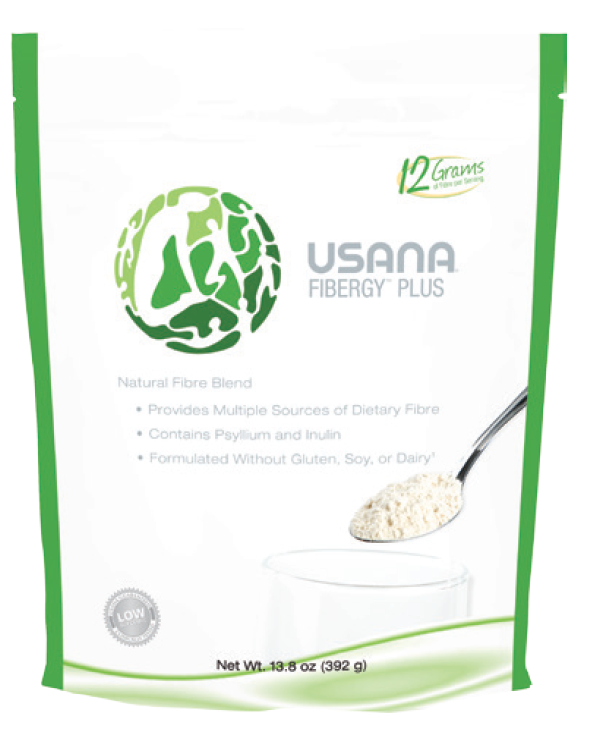 |
| Add the benefits of fibre |
• Add extra protein with SoyaMax™
• Add USANA Probiotic to help your healthy bacteria flourish
• Try the liver health tonic, HepaPlus™ – it contains the liver tonic milk thistle and the potent anti-inflammatory, turmeric and choline to help your body metabolise fats
• Go Nuts’ n’ Berries™ – low in calorie snack (just 150 calories) made with nuts for healthy fats and super fruits (cranberries) plus a kick of vegetarian omega 3 (via chia seeds).
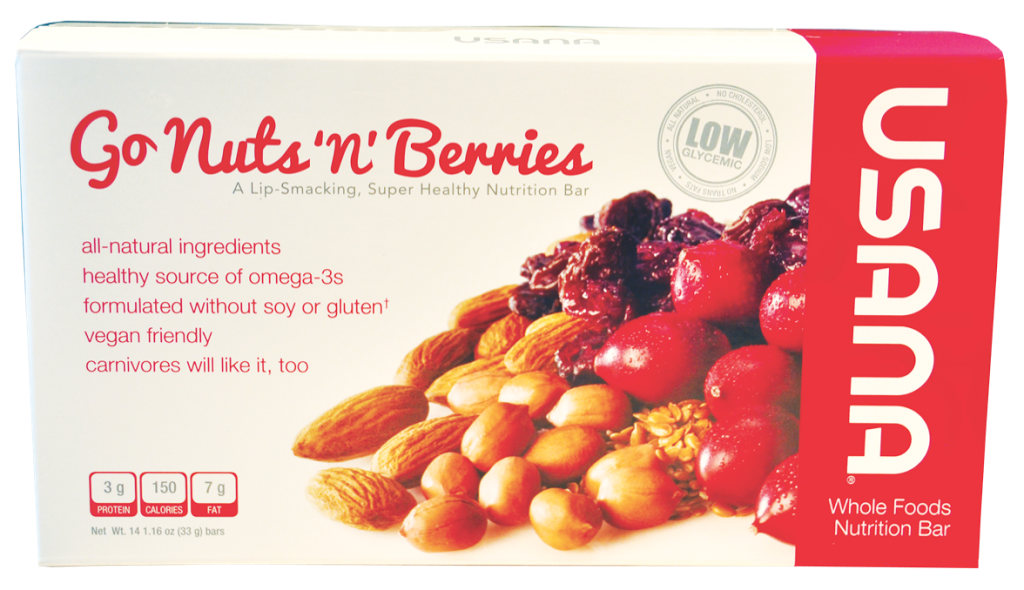 |
| With the goodness of nuts, berries and omega-3 from chia seeds |



